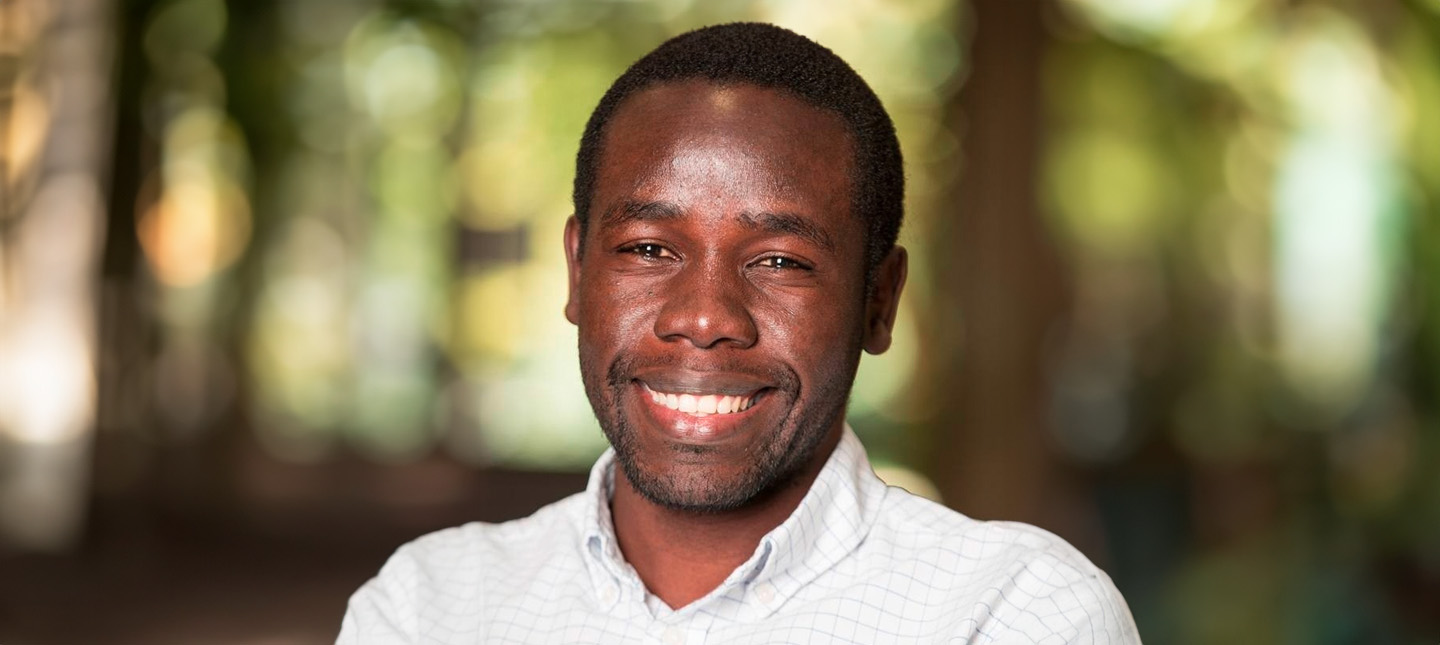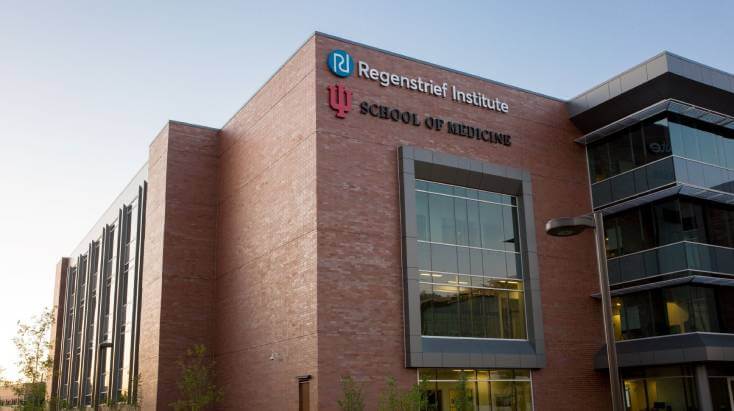Few primary care practices are designed for the timely detection of Alzheimer’s disease and related dementias. The limited time that primary care clinicians are able to spend with patients, the need to focus on the health problems which brought the patient to the clinic, as well as the stigma of Alzheimer’s disease and dementia are major reasons for lack of recognition of the condition.
Researchers have demonstrated that a fully digital artificial intelligence zero-cost method for detecting dementia can be scaled across primary care clinics without additional time for physicians.
In a pragmatic real world randomized clinical trial of more than 5,000 patients from primary care practices, researchers from Regenstrief Institute, the Indiana University School of Medicine, Eskenazi Health, University of Miami School of Medicine and Lamar University tested a dual approach combining the Quick Dementia Rating System (QDRS) — a 10-question patient-reported tool — and an artificial intelligence (AI) tool, called a passive digital marker. The method of combining these tools increased the rate of new Alzheimer’s and related dementias diagnoses by 31 percent compared with usual care, all without requiring additional clinician time or costly testing.
The AI tool, which has been in development for more than 10 years at Regenstrief by Research Scientist Malaz Boustani, M.D., MPH, and his team, is a machine learning algorithm that uses natural language processing to analyze data from electronic health records (EHRs). It identifies information such as memory issues, vascular concerns and other factors linked to dementia.
“Building on more than 50 years of innovation in digital health data science and machine learning, this passive digital marker developed at the Regenstrief Institute is now open source,” said Regenstrief and IU School of Medicine faculty member Dr. Boustani. “In keeping with Regenstrief’s tradition of open medical record methodology, there’s no licensing fee — just the basic cost of deploying it, similar to how you would deploy any app. Any healthcare system with an electronic health record and the right personnel can implement it. It is zero cost and requires no clinician time.”
Beyond increasing detection, the combined digital approach also led to a 41 percent increase in follow-up diagnostic assessments, such as neuroimaging and cognitive testing, suggesting earlier and more accessible dementia care for populations traditionally underserved by the healthcare system.
“This is the most scalable approach to early detection that I know of,” said Dr. Boustani, who is the lead author of the Digital Detection of Dementia in Primary Care clinical trial. “Most early detection methods require at least five minutes of a doctor’s time and often come with licensing fees. Our dual approach, by contrast, requires zero clinician time or money.”
The trial, conducted at nine Eskenazi Health Center federally qualified health centers in Indianapolis, embedded the QDRS and passive digital marker directly into the Epic electronic health record. The system automatically invited patients aged 65 and older to complete the short QDRS survey through their patient portal, while the passive digital marker algorithm continuously analyzed existing clinical data to flag patients at risk. Results appeared automatically in the clinician’s EHR inbox, prompting further evaluation only when necessary — requiring no extra time, staff or manual screening.
“What’s powerful about this approach is that it helps level the playing field,” said Zina Ben Miled, PhD, a Regenstrief affiliate scientist and Lamar university professor, who developed the passive digital marker tool alongside Dr. Boustani. “By embedding these tools directly into the electronic health record, we can reach patients who might otherwise be overlooked — ensuring that everyone, regardless of background or resources, has the same opportunity for early detection and care.”
“The Quick Dementia Rating System was designed to empower patients and families to report cognitive changes easily and quickly,” said James E. Galvin, M.D., MPH, a professor of neurology and director of the Comprehensive Center for Brain Health at the University of Miami Miller School of Medicine. “When used with digital tools like the Regenstrief passive digital marker, we can bring early detection to scale — efficiently and effectively.”
This breakthrough represents a major step forward in translating AI and patient-reported outcomes into everyday clinical care. By integrating scalable digital tools that operate seamlessly within existing health systems, the research team demonstrated how technology can strengthen early detection, reduce burdens on primary care teams and improve outcomes for older adults.
“This work represents the next phase of our half-century legacy at Regenstrief — using data, innovation and compassion to transform healthcare delivery,” said Dr. Boustani. “We’ve shown that it’s possible to bring the power of AI and patient-reported outcomes directly into the clinic — seamlessly, affordably and at scale.”
“Digital Detection of Dementia in Primary Care: A Randomized Clinical Trial,” is published in JAMA Network Open. This study was supported by grants R01AG06976 and R01AG069765 from the National Institutes of Health’s National Institute on Aging.
Other Regenstrief research scientists include Arthur H. Owora, PhD, Nicole R. Fowler, PhD, Paul Dexter, M.D., and Randall W. Grout, M.D., M.S.
Authors and Affiliations, as listed in the publication:
Malaz A. Boustani, MD, MPH; Zina Ben Miled, PhD; Arthur H. Owora, PhD; Nicole R. Fowler, PhD; Paul Dexter, MD; Eric Puster, MD; Randall W. Grout, MD, MS; Diana Summanwar, MD; Saura Fortin Erazo, MD; Shanell Disla, MSc, CCRP; Katrina Coppedge, BA; James E. Galvin, MD, MPH
Affiliations:
Department of Medicine, Indiana University School of Medicine, Indianapolis (Boustani, Fowler, Dexter, Coppedge);
Indiana University Center for Aging Research, Indianapolis (Boustani, Fowler);
Regenstrief Institute Inc, Indianapolis, Indiana (Boustani, Fowler, Dexter, Grout);
Center for Health Innovation and Implementation Science, Indiana University School of Medicine, Indianapolis (Boustani, Fowler, Grout, Summanwar, Coppedge);
Eskenazi Health, Health and Hospital Cooperation, Indianapolis, Indiana (Boustani, Puster, Grout, Erazo);
Phillip M. Drayer Department of Electrical and Computer Engineering, Lamar University, Beaumont, Texas (Ben Miled);
Translational Informatics, Biostatistics and Epidemiology Lab, Indiana University School of Medicine, Indianapolis, Indiana (Owora);
Department of Pediatrics, Indiana University School of Medicine, Indianapolis (Owora, Puster, Grout);
Department of Family Medicine, Indiana University School of Medicine, Indianapolis, Indiana (Summanwar, Erazo);
Comprehensive Center for Brain Health, Department of Neurology, University of Miami Miller School of Medicine, Boca Raton, Florida (Disla, Galvin).
Malaz Boustani, M.D., MPH
In addition to his role as a research scientist with the Indiana University Center for Aging Research at Regenstrief Institute, Malaz Boustani, M.D., MPH, is the founding director of the Center for Health Innovation and Implementation Science. He is a professor and holds the Richard M. Fairbanks Chair of Aging Research at the Indiana University School of Medicine. Dr. Boustani is also director of care innovation at Eskenazi Health.










